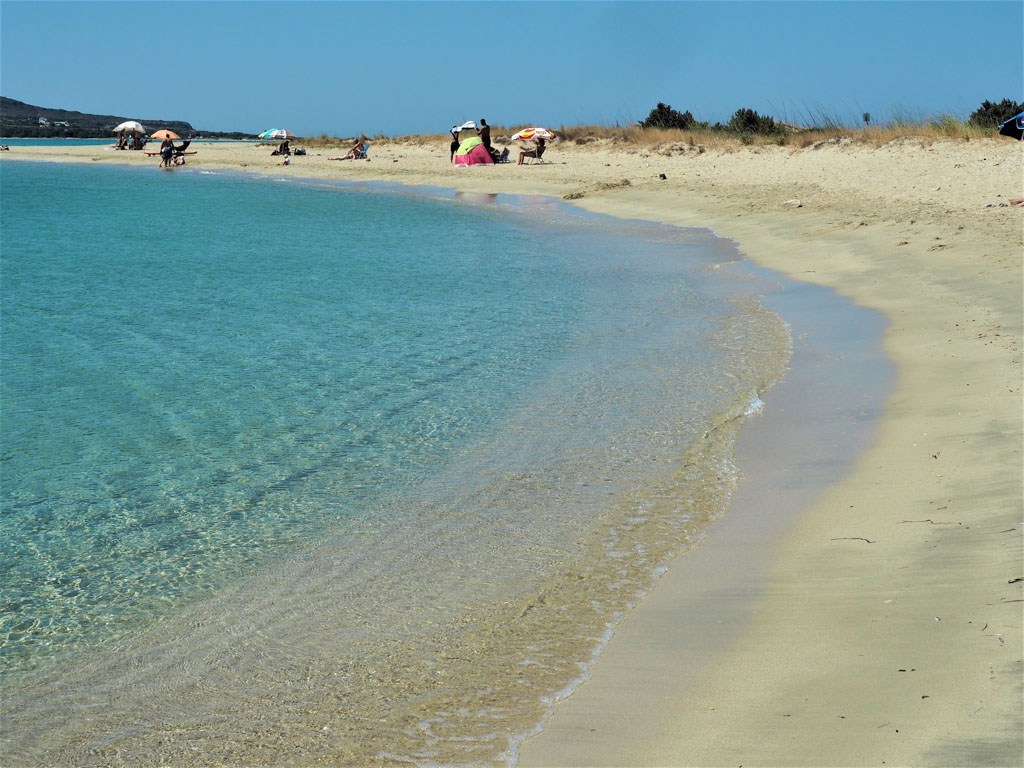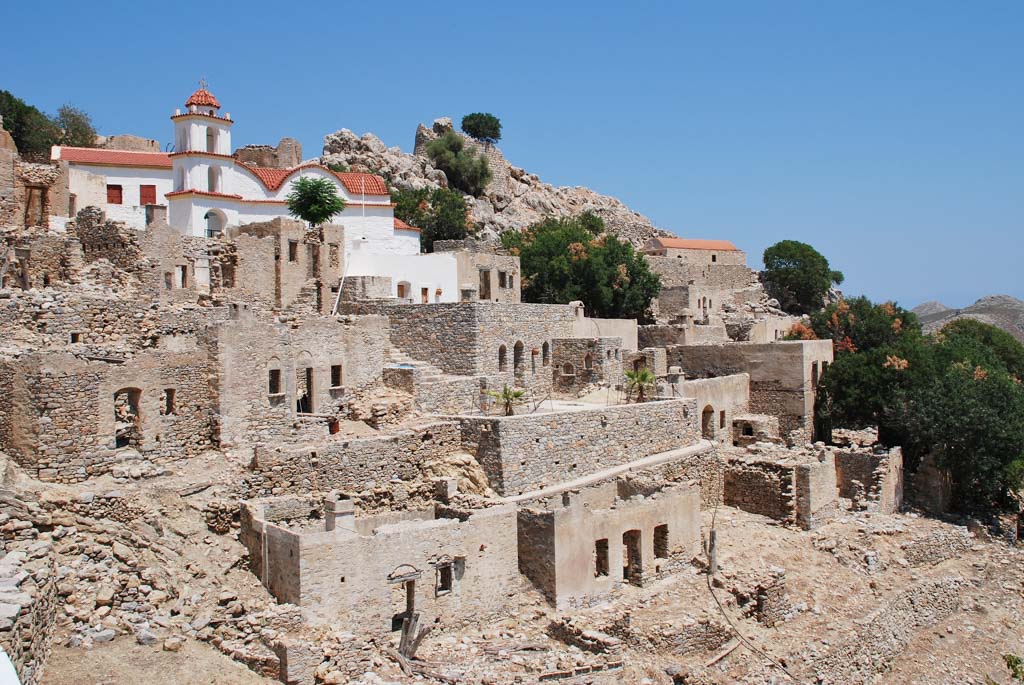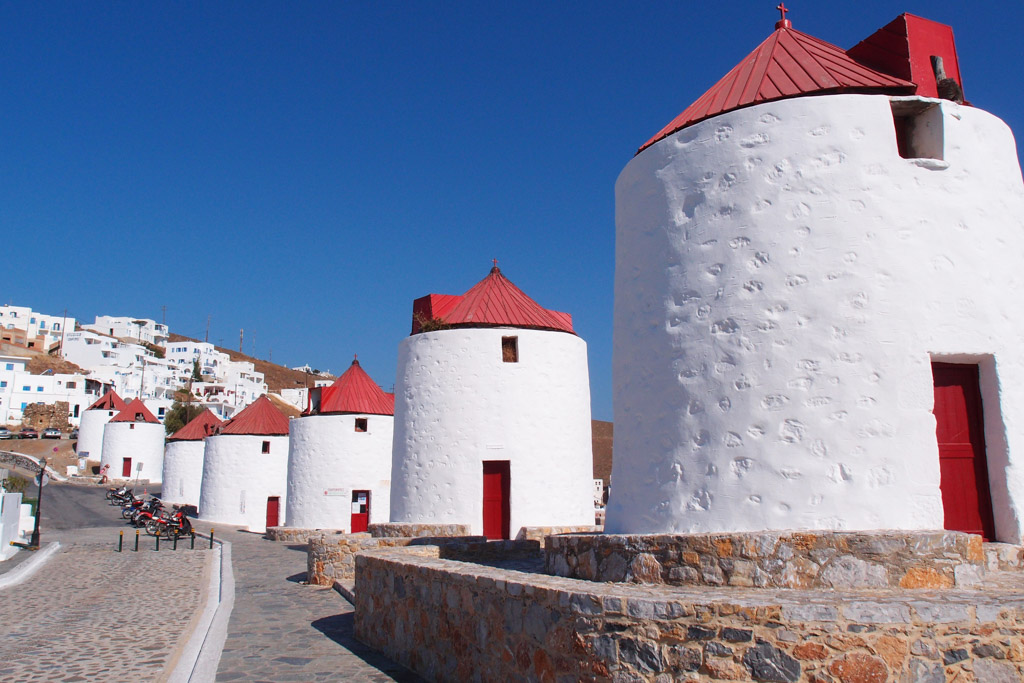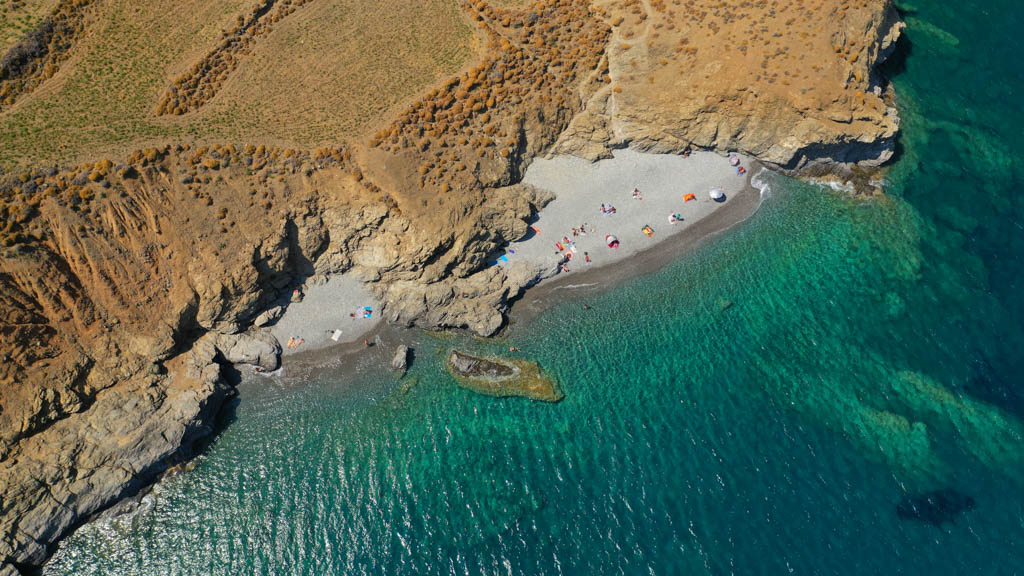As the talk of where to go in Greece this summer starts warming up, we are thinking more and more of out-of-the-radar places where we can connect with nature. Here are some destinations offering unique experiences, places who take care of their natural environment and who have initiatives worthy of support.
Sustainability and Substance – Inspiring under the radar actions in Wonderful under the radar places
Elafonisos – a Petite Delight
Off the coast of Cape Maleas in the southern Peloponnese is one of Greece smallest inhabited islands – it’s just 3-4 kilometers across, and less than 20 square kilometers in total – Elafonisos is a petite paradise. And thanks to the first Greek Island ecological association, it will remain a paradise. Elafonissos put flora, fauna, and their natural environment first – celebrating them in an annual eco-week, a symposium focusing on sustainability and community.

The flora of tiny Elafonisos number some 220 species, nine of which are extremely rare. Notable are the juniper trees – Sea Cedrus – which thrive in dunes around Sarakiniko and Panagia beaches. The coastal dunes are also home to a rare sea lily. The small island also features endemic plants, the Saponaria of Jagel (Saponaria jagelii), and the ilene integripetala elafonesiaca.
Elafonisos is home to one of the most lovely beaches of Greece, the famous Simos Beach. It’s actually a double beach- a narrow strip of silken sands between two crystal clear coves. Sand dunes 10 meters high add to the drama.

Near Elafonisos, culture and water combine, at a unique archaeological site. Pavlopetri, on the sea floor off the southern coast of Laconia, is the ruins of an ancient civilization dating back to 3,500 BC- the late Neolithic age, through the Minoan period. It is thought to have sunk in 1000 BC, due to an earthquake. It’s a considerable site, with some 15 buildings over a site larger than two acres. Pavlopetri is protected by UNESCO.
When traveling in the Peloponnese, tiny Elafonisos adds a dimension of wonder – an unexpected and delightful destination.
Tilos, the Surprise of the Dodecanese
Nestled between the much more famous and much larger islands of Rhodes and Kos is lovely little Tilos. Its size is the secret to its charm. Relatively undeveloped compared to its more famous neighbors, Tilos has small villages of traditional character, unspoiled beaches and beautifully varied terrain – the small island has twelve peaks (many with cool spring water), plus nearly 20 beaches (many uncrowded and wild), and even a cave. The terrain makes it a wonderful destination for hikers. Five distinct paths – many of the original old footpaths of the island – connect villages, churches, fresh water springs, and beaches. One hiking trail even leads to the ruins of the old Italian observatory, with splendid views.

Tilos prizes its unspoiled environment, and is committed to preserving it through sustainability. To that aim, Tilos, impressively, is Greece’s first island to become totally energy self-sufficient, investing in renewable sources of wind and solar power, an inspiring example.
There are just 500 permanent residents on Tilos year-round. Fauna and flora are very much at home here – herbs and wildflowers dominate the shrubby landscape, filling it with fragrance and color in the spring. 100 species of birds flutter among them. The island was long ago known for a very famous animal – the dwarf Elephant of Tilos. Lava from the volcanic explosions of nearby Nissyros preserved some 40 dwarf elephant fossils. These dwarf elephants reached a height of just 1.20 to 1.50 meters- they had evolved to that petite size in adjustment to the local conditions. The elephants were on the island until fairly recently (in geological time)- just some 4,000 years ago.
Towns are few on lovely Tilos – just the enchanting port of Livadia, from which we can see Symi. The 15th century Byzantine Agriosykia Castle rises above it. Megalo Chorio is the other larger town on the island – inland, the island’s capital is a whitewashed beauty, full of narrow winding alleys. Look out for the lovely natural pebble mosaics in black and white – a fine example of traditional Dodecanese craftsmanship. Mirko Chorio – “Small Village” – is a Byzantine era- village full of mystery – it is now completely uninhabited but for the birds, living in the trees among romantic ruins.
On an island excursion through the Dodecanese, the lesser known Tilos is truly a wonderful discovery.
Astypalaia, a Rare Butterfly
Beautiful Astypalia of the Dodecanese is easy to spot on a map – the island is divided into two distinct wing-like petals connected by a band of sand not 150 meters wide. Like Tilos, Astypalaia is a pioneer in sustainability. In the case of Astypalaia, the innovations are in the area of transport – electric vehicles, hybrid energy, and a smart public transit system that works on demand.
 In Ancient Greece, Astypalaia was a colony of Megara or of Epidaurus. The island was then for a time part of the Byzantine empire, before being purchased by the Venetian Nobleman Querini. The Querini family held the island until it was conquered by the Ottomans in 1522. Like the rest of the Dodecanese, Astypalaia fell under Italian control in the 20th century, finally joining modern Greece in 1947.
In Ancient Greece, Astypalaia was a colony of Megara or of Epidaurus. The island was then for a time part of the Byzantine empire, before being purchased by the Venetian Nobleman Querini. The Querini family held the island until it was conquered by the Ottomans in 1522. Like the rest of the Dodecanese, Astypalaia fell under Italian control in the 20th century, finally joining modern Greece in 1947.
The island’s rich and complicated history has given it tremendous archaeological and architectural variety, from Mycenaean chamber tombs to an early Christian basilica. The splendid Querini Castle of the early 15th century crowns the gorgeous Chora, whose classic sugarloaf houses scale a dramatic slope rising above the picturesque harbor. Windmills complete the idyllic scene.
A cluster of enchanting uninhabited islets lies just south of Astypalaia. Among these is Kounoupi, under the protection of the Natura 2000 network. The endangered majestic giant of the Mediterranean – the Monachus monachus monk seal likes these waters, as do the precious and enormous caretta caretta sea turtles and dolphins. With no tourist infrastructure, a visit here is truly to commune with nature. Other islets of Astypalaia include Koutsomyti and Tigani.
The birds and the bees both love Astypalaia and its islets. Raptors and seabirds are at home here. As for bees, the bees delight in the fragrant thyme that grows wild all over the island, producing a honey of exceptional aroma and quality.
Have you visited any of these under the radar gems?





